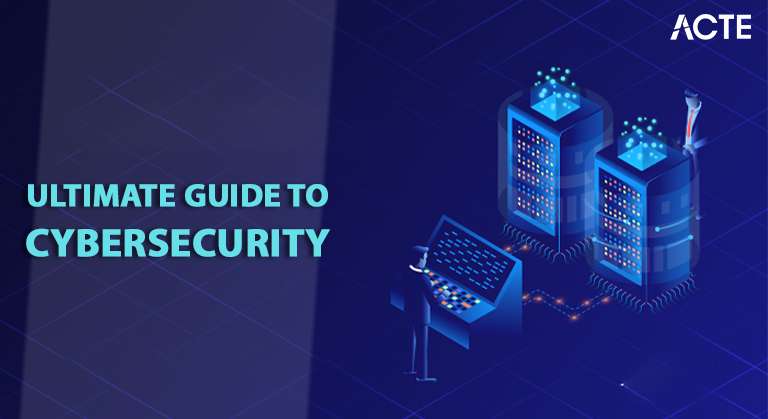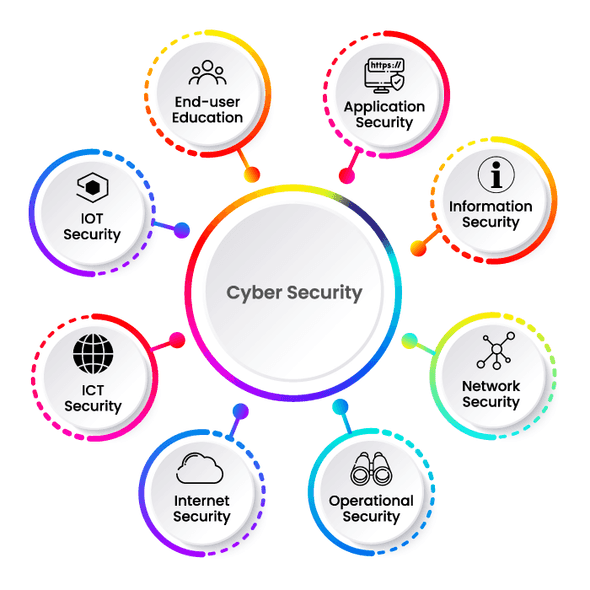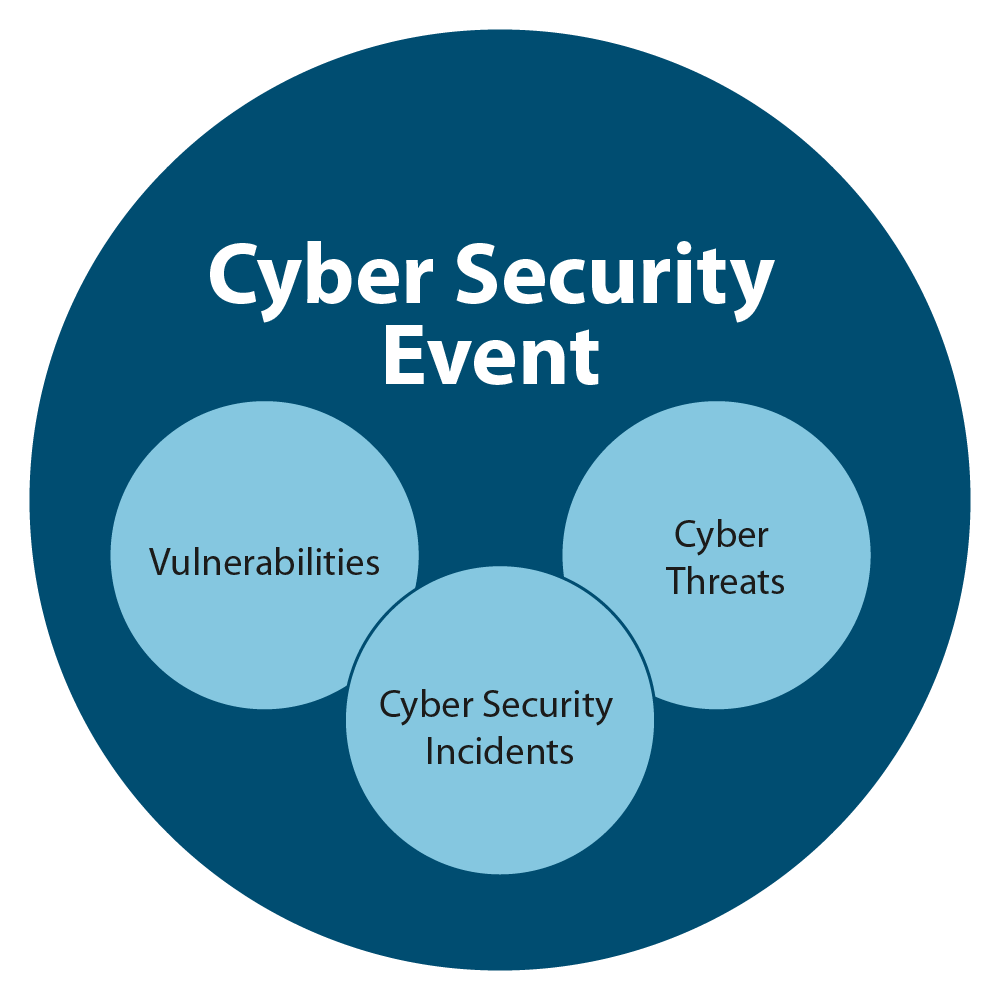
- Introduction
- Understanding Cyber Threats
- Best Practices for Password Management
- Safe Browsing Habits
- Protecting Personal Devices
- Email Security and Phishing Prevention
- Importance of Software Updates
- Using Two-Factor Authentication
- Network Security Essentials
- Data Backup and Recovery Strategies
- Social Engineering Awareness
- Cybersecurity in Remote Work
- Protecting Sensitive Business Information
- Incident Response and Management
- Staying Informed: Keeping Up with Cybersecurity Trends
- Resources and Tools for Enhanced Security
- Conclusion
Cybersecurity is essential in protecting personal and business data from evolving threats. Understanding cyber risks like malware, phishing, and social engineering helps individuals stay vigilant. Securing digital identities with strong passwords, two-factor authentication, and safe browsing habits reduces risks. Regular software updates, email security measures, and device protection prevent unauthorized access. Network Security Keys, data backups, and incident response plans ensure resilience against cyberattacks. With remote work on the rise, safeguarding business information is crucial. Staying informed about trends, using reliable security tools, and following best practices strengthen overall cybersecurity, minimizing potential risks and ensuring digital safety.
Enroll in ACTE’S Cyber Security Online Training if you want to become an expert in cyber security field and have a prosperous career.
Introduction
Cybersecurity is the practice of protecting systems, networks, and sensitive data from cyber threats such as hacking, malware, phishing, and data breaches. As technology advances, individuals and businesses rely heavily on digital platforms, making them prime targets for cybercriminals. Poor security practices can lead to severe consequences, including financial loss, identity theft, and reputational damage. Cyberattacks continue to evolve, exploiting vulnerabilities in outdated software, weak passwords, and unsecured networks. Implementing strong security measures like firewalls, antivirus software, and encryption helps mitigate risks. Businesses must enforce strict access controls and Cybersecurity Training Courses to prevent social engineering attacks. Regular software updates and two-factor authentication add extra layers of protection. Safe browsing habits and email security measures reduce exposure to phishing scams. Remote work environments require additional security precautions to prevent unauthorized access. Data backup and recovery strategies ensure continuity in case of breaches. Incident response planning helps organizations swiftly address security incidents. Governments and industries enforce compliance regulations to enhance cybersecurity standards. Staying informed about emerging threats and using the latest security tools is essential for robust protection. In an increasingly digital world, prioritizing cybersecurity safeguards personal privacy and ensures business continuity against ever-growing cyber threats.
Understanding Cyber Threats
Cyber threats come in various forms, such as malware, ransomware, phishing, and more sophisticated attacks like APTs (Advanced Persistent Threats). These threats have become increasingly sophisticated over the years, with attackers using complex methods to gain unauthorized access to systems and steal data. Understanding the various types of threats and how they work is essential for developing effective defenses against them.
Securing Your Digital Identity
In today’s digital world, your identity is valuable. Cyberstalking often target individuals to steal personal information such as Social Security numbers, bank account details, and credit card information. Protecting your digital identity is essential to prevent fraud and identity theft. Limiting the personal information you share online, reviewing privacy settings on social media platforms, and monitoring your financial accounts regularly are key ways to protect yourself.
Best Practices for Password Management
- One of the simplest yet most effective ways to protect your online accounts is by using strong, unique passwords.
- A weak password is an open invitation for attackers, while a strong password significantly reduces the risk of unauthorized access.
- Passwords should be long and complex and not reused across multiple accounts.
- A password manager can help you securely store and manage multiple complex passwords, reducing the temptation to use simple or repetitive ones.
- Personal devices like smartphones, tablets, and laptops are common targets for cybercriminals.
- It’s important to secure these devices with strong Password Authentication, biometric authentication (fingerprint or facial recognition), and encryption.
- Regular updates to your device’s software help fix security vulnerabilities and patch bugs.
- Additionally, enabling remote wiping features allows you to erase your data remotely in case your device is lost or stolen.
- One of the simplest and most effective cybersecurity practices is keeping software updated. Many security breaches happen due to outdated software that contains known vulnerabilities.
- Regularly updating your operating system, applications, and antivirus software ensures that your systems are protected with the latest security patches.
- Automating updates can help you stay ahead of potential threats and reduce the risk of cyberattacks.
- Data loss can occur for various reasons, including cyberattacks like ransomware, hardware failure, or accidental deletion.
- Regularly backing up your data is one of the best ways to protect yourself from such losses.
- The 3-2-1 backup strategy—having three copies of your data on two different types of media, with one copy stored offsite—is an effective method for ensuring your data is safe.
- Additionally, having a clear recovery plan in place will help you quickly restore lost data when needed.
- For businesses, safeguarding sensitive information such as intellectual property, client data, and financial records is a top priority.
- Implementing data classification systems, encrypting communications, and restricting access to sensitive data based on roles and responsibilities can help mitigate the risk of data breaches.
- Following industry regulations like GDPR or CCPA is essential for maintaining legal and ethical standards in handling business data.
- Cyberattacks can happen despite the best preventive measures.
- Having an incident response plan in place is crucial for minimizing damage and recovering quickly from an Vishing Attacks .
- The plan should include steps for detecting, containing, and analyzing security incidents.
- Regularly reviewing and testing your incident response plan ensures that your team can effectively manage and respond to any breach.
- Various tools and resources can help enhance your cybersecurity efforts.
- Firewall, antivirus software, and encryption tools are essential for securing personal and business data.
- Additionally, security monitoring services and threat intelligence platforms can provide early warnings about potential threats.
- Numerous online courses and certifications can also help individuals and organizations improve their cybersecurity knowledge.
Want to learn more about Cybersecurity ? Enroll in our Complete Cyber Security Online Training.
Safe Browsing Habits
The internet is filled with potential security risks. Browsing unsecured websites, clicking on suspicious links, or downloading files from unreliable sources can expose your device to malware and viruses. Always look for “HTTPS” in the URL and avoid websites with poor security ratings. Additionally, web browser security settings should be configured to block pop-ups and prevent unauthorized tracking.

Protecting Personal Devices
Email Security and Phishing Prevention
Phishing attack are among the most common and damaging types of cyberattacks. These attacks are typically disguised as legitimate communications, often from trusted sources, to trick you into disclosing sensitive information like passwords or financial details. To protect yourself, always verify the authenticity of any email before clicking on links or opening attachments. Be cautious of unsolicited emails, particularly those that ask for personal information.
Importance of Software Updates
Using Two-Factor Authentication (2FA)
Two-factor authentication adds an extra layer of security to your online accounts by requiring a second form of verification beyond your password. Cybersecurity Training could be a one-time code sent to your phone or an authentication app. 2FA is a simple and highly effective way to protect sensitive accounts, such as email, banking, and social media, from unauthorized access.

Network Security Essentials
Whether you’re using a home Wi-Fi network or managing an office network, securing your network is vital to prevent unauthorized access. Always use strong, unique passwords for your Wi-Fi and router, and change default settings. Employing firewalls, encrypting sensitive data, and using a VPN (Virtual Private Network) can further protect your network from cyber threats.
Want to Take the Lead in Cyber Security ? Enroll in ACTE’s Cybersecurity Expert Masters Program Training Course Program to Begin Your Adventure Now.
Data Backup and Recovery Strategies
Social Engineering Awareness
Social engineering involves manipulating individuals into divulging confidential information or performing actions that compromise security. Attackers often exploit human behavior, tricking people into providing sensitive data or granting access to systems. Training employees and individuals to recognize social engineering tactics, such as pretexting, baiting, and phishing, is critical for preventing such attacks.
Cybersecurity in Remote Work
With the rise of remote work, cybersecurity challenges have evolved. Securing remote work environments requires additional measures to protect sensitive business data. Using VPNs to Encryption in Network Security internet traffic, ensuring secure file-sharing methods, and implementing access control policies for remote workers are essential to keeping your business protected. It’s also crucial for employees to follow cybersecurity best practices, such as avoiding the use of public Wi-Fi for work-related tasks.
Protecting Sensitive Business Information
Incident Response and Management
Preparing for Cyber Security job interviews? Check out our Cyber Security Interview Questions and Answers now!
Staying Informed: Keeping Up with Cybersecurity Trends
Cybersecurity is an ever-evolving field, and staying informed about the latest trends and threats is crucial. Following trusted cybersecurity blogs, subscribing to industry reports, and attending webinars or conferences are good ways to stay updated. Being proactive and educating yourself about emerging threats can help you adapt and reinforce your security practices.
Resources and Tools for Enhanced Security
Conclusion
Cybersecurity is not a one-time task but a continuous process that requires vigilance, adaptation, and proactive measures to stay ahead of evolving threats. Cybercriminals constantly develop new attack techniques, making it essential for individuals and businesses to regularly update and strengthen their security strategies. By adopting best practices such as strong password management, two-factor authentication, secure browsing habits, and regular software updates, organizations can significantly reduce their vulnerability to cyberattacks. Additionally, educating employees and users about phishing scams, malware threats, and social engineering tactics fosters a culture of Cybersecurity Training Courses, making security a shared responsibility. Continuous monitoring, incident response planning, and investment in advanced security tools further enhance digital protection. Staying informed about emerging threats and adapting security measures accordingly ensures long-term resilience in an increasingly interconnected world. Taking action today to safeguard sensitive data and digital assets is crucial for a secure and trustworthy online future.





